Dypsis lutescens, Areca Palm
₹500.00 Original price was: ₹500.00.₹450.00Current price is: ₹450.00.
(MRP Inclusive of all taxes)
- Shipping Rs 100 for entire order
- Dispatch in 8-10 days
- Country of origin: India
Dypsis lutescens, also known as areca palm, is counted under Arecaceae plant family native to Madagascar. It is a great enhancement to the beauty of plantscape and requires bright filtered sun light to thrive in indoor conditions. Areca palm was part of the NASA Clean Air Study along with several other studies in recent, plant is found to be effective VOC cleaner and efficient natural humidifier.
Description for Areca Palm
Areca palm is clump-growing with ringed, yellow leaf-ribs. The foliage is evergreen.
The areca palm (Chrysalidocarpus lutescens or Dypsis lutescens), also called the yellow butterfly palm and golden cane palm is one of the easiest palm trees to grow indoors.
The foliage is evergreen, of Fine texture and yellow-green in colour. Pinnate, 6 to 8 pale green leaves per stem, 80 to 100 leaflets, to 8 feet long (2.4 m). Yellow if grown with enough light, 2 feet long. Yellow male and female flowers on the same inflorescence.
This palm tree, with its long, graceful feather-shaped fronds, will add a tropical feel to your home and is especially well suited for screened patios and atriums.
Planting and care
Areca palm is propagated by seeds, by separating the offsets or suckers at the base of a mature plant, or by plant division.
Caring for Areca Palm
- Palms grow best when you let their roots fill the pot.
- They need soil-based potting compost and should not be re-potted unnecessarily.
- They are sensitive to chemicals and will be damaged if you expose them to aerosol sprays.
- If you need to treat them with insecticides, be sure what you use is suitable for a palm.
Harvesting
NA
Typical uses of Areca Palm
Special features: the most popular indoor houseplants sold today. Indoors an Areca palm is a medium sized exotic looking plant that can reach a height of 6-8 feet; outdoors it may be as tall as 25 feet.
Culinary use: NA
Ornamental use: This is one of the most useful Palms of the tropics the world around.
Medicinal use: NA
Be the first to review “Dypsis lutescens, Areca Palm” Cancel reply
Related products
Indoor Plants
Indoor Foliage Plant
Indoor Foliage Plant
Indoor Plants
Indoor Plants
Indoor Plants
Indoor Foliage Plant
Indoor Foliage Plant


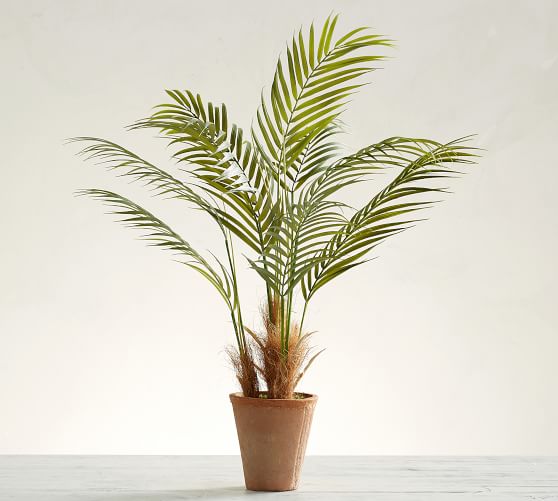
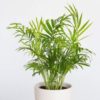
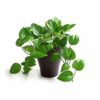
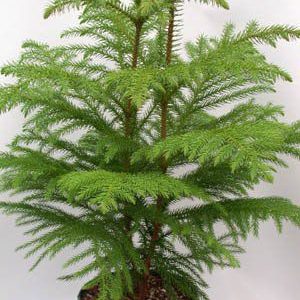
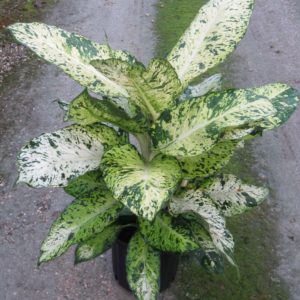
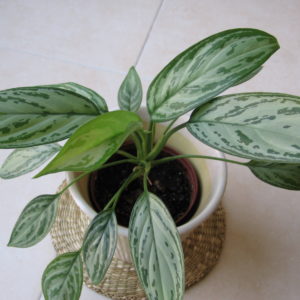
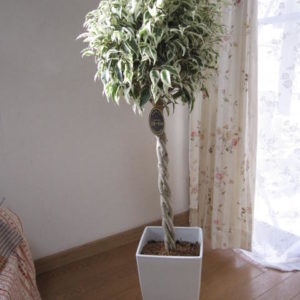
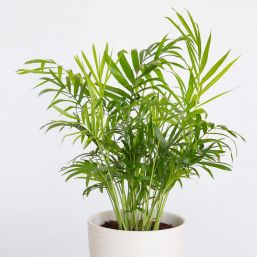

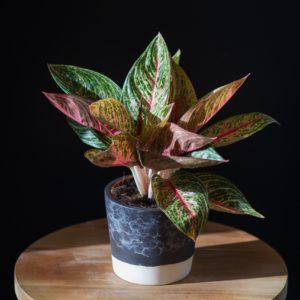
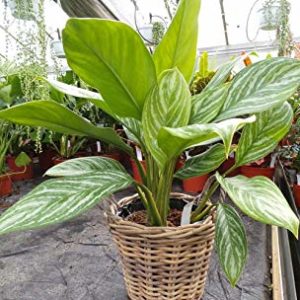
Reviews
There are no reviews yet.